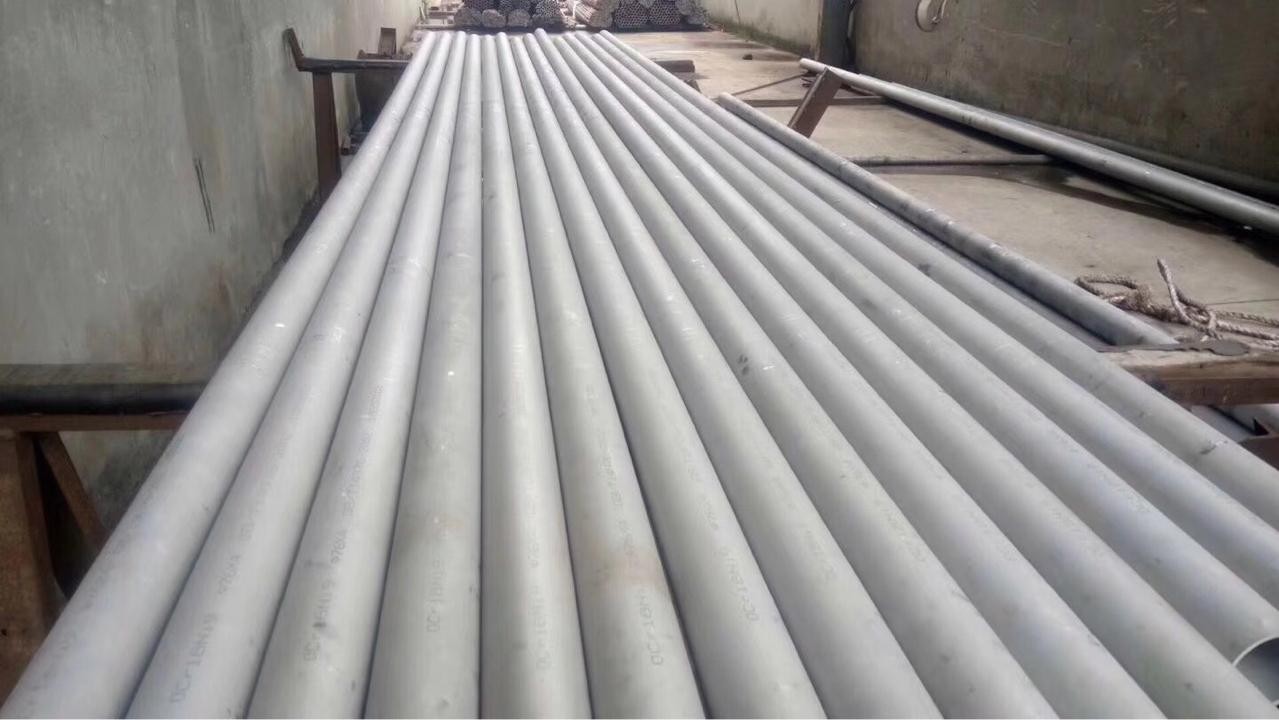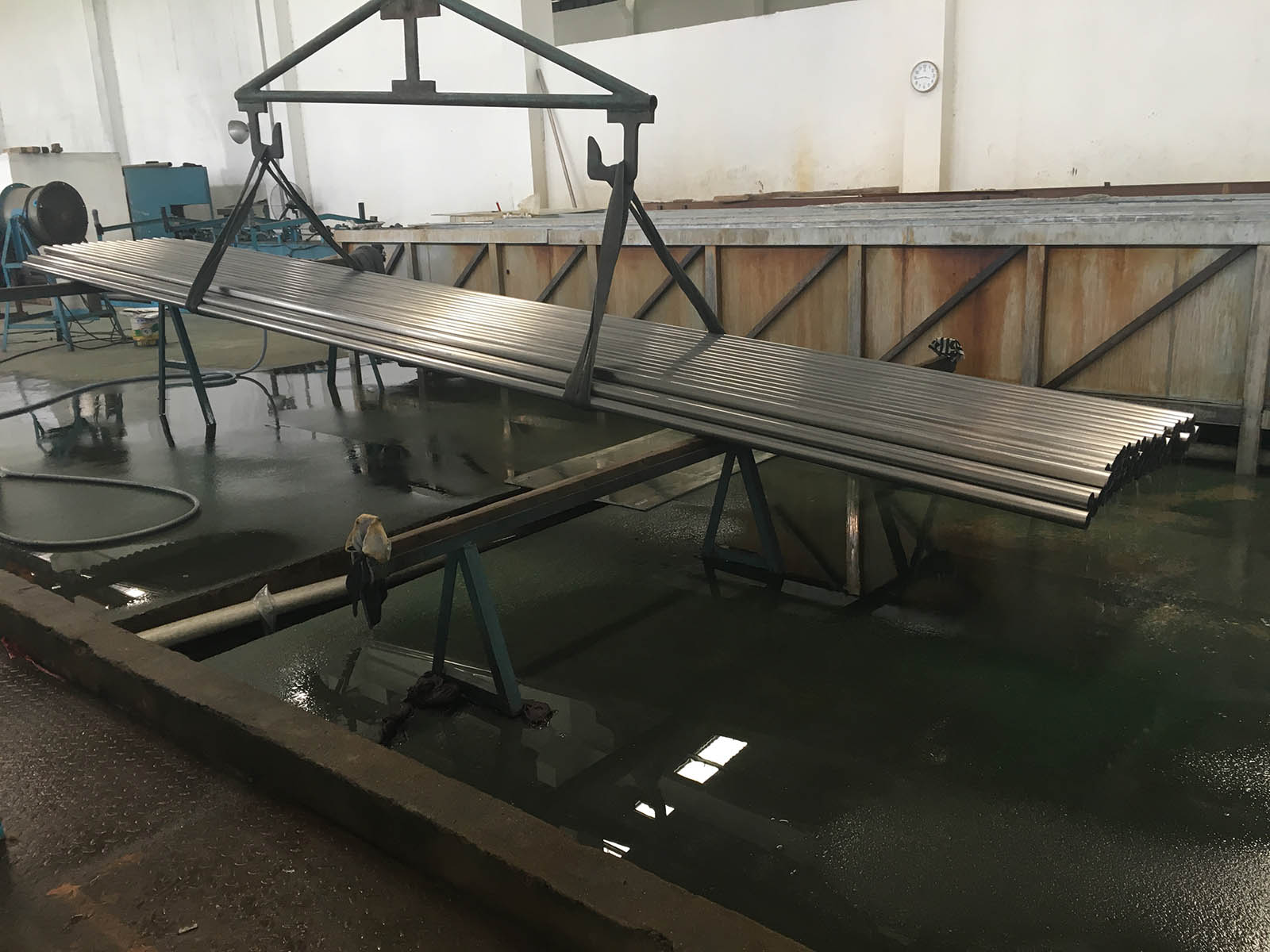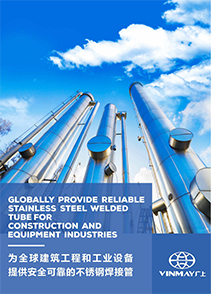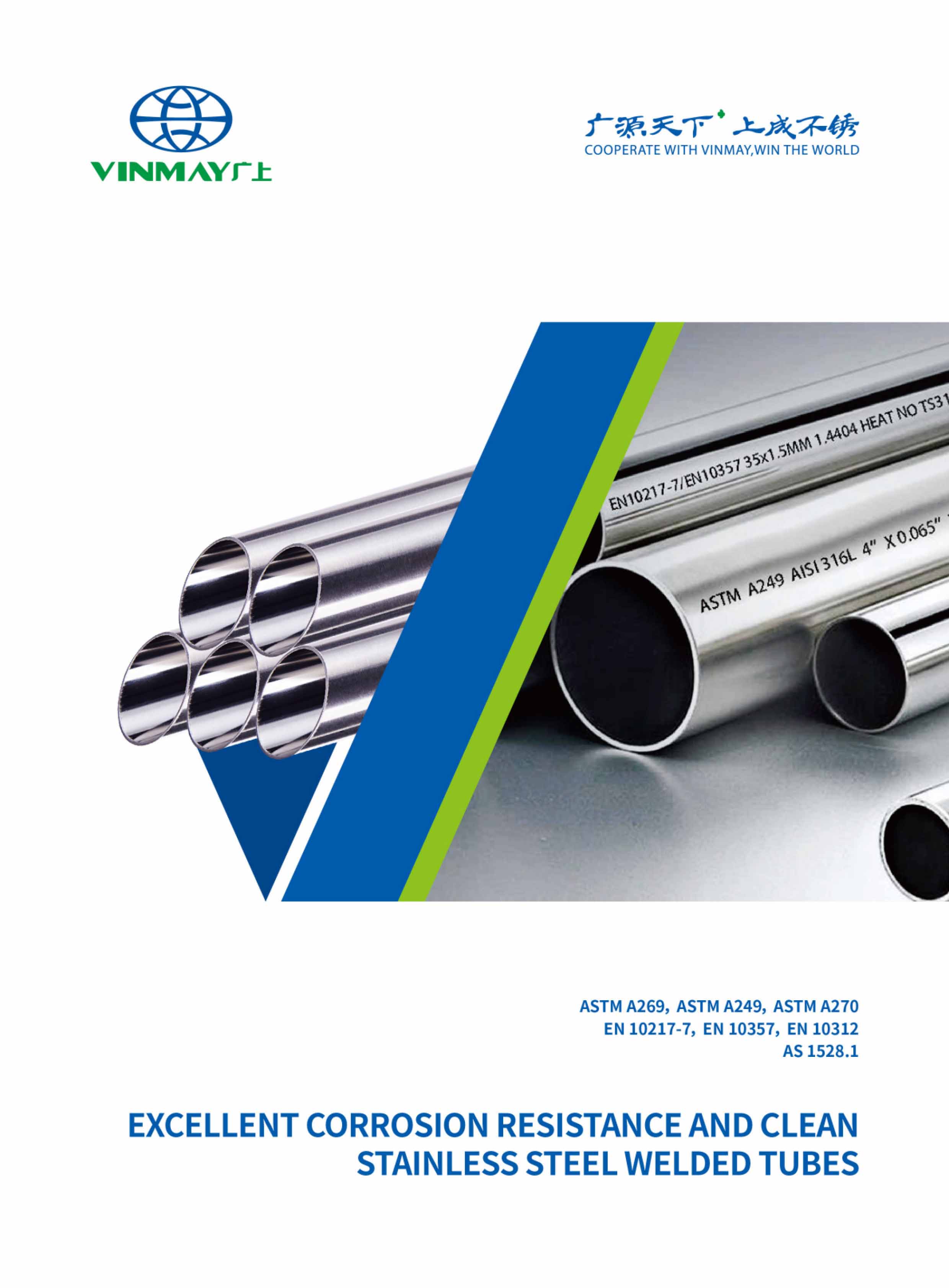Think of a chef preparing a fine dish; the right ingredients and techniques can make all the difference. When it comes to stainless steel tubes, pickle finish stainless steel tube serves as that crucial technique, removing unwanted impurities and enhancing surface quality. You might be curious about how this process works and why it's so vital for durability in demanding environments. What advantages does pickle finish stainless steel tube offer, and how does it compare to other methods like passivation? Understanding these nuances can significantly impact your choices in materials.

Pickle finish stainless steel tubes is a metal finishing process that removes impurities, such as rust and scale, to enhance surface quality and prepare them for further treatments. This process is especially important for ensuring that the tubes have a clean and smooth surface, which is crucial for applications requiring high durability and corrosion resistance.
During pickling, stainless steel tubes are typically immersed in an acidic solution, like hydrochloric acid, at high temperatures for specific durations. This immersion helps dissolve oxides and other unwanted materials clinging to the tube's surface. The result is a cleaner surface that not only looks better but is also ready for additional treatments, such as painting or plating, enhancing their overall performance.
Pickling is a common practice in various industries where stainless steel tubes are used, including construction, automotive, and food processing. By effectively removing contaminants, this process improves the adhesion of coatings and significantly boosts the corrosion resistance of the pickle finish stainless steel tubes.
Thus, understanding what pickle finish stainless steel tube involves is essential for anyone working with stainless steel tubes, as it sets the foundation for their longevity and functionality.
The stainless steel pickling process involves immersing the tubes in an acidic solution to effectively remove oxides and impurities from their surfaces. This process typically uses hydrochloric acid or sulfuric acid, and it's performed at elevated temperatures to enhance efficiency.
You'll need to ensure that the pickle finish stainless steel tubes are thoroughly cleaned and degreased beforehand, as any residual grease or oil can interfere with the pickling action.
Once the pickle finish stainless steel tubes are submerged in the acid solution, the chemical reaction begins, breaking down the oxide layers and any embedded iron particles. This step is crucial because it restores the stainless steel's natural corrosion resistance. After a specific duration, which depends on the material and desired finish, the tubes are removed from the solution.
Following immersion, you'll wash the tubes with water to neutralize the acid and remove any remaining contaminants. You might also apply a post-treatment, such as passivation, to further enhance the metal's protective layer.
The entire process results in a clean, matte finish, ready for subsequent treatments or applications, ensuring the stainless steel maintains its durability and integrity over time.
This method effectively cleans metal surfaces, offering both benefits and drawbacks that are important to consider.
One of the main advantages of pickle finish stainless steel tube is its ability to remove impurities like rust and scale, which enhances the adhesion of subsequent coatings. You'll also notice an improved appearance and increased corrosion resistance on treated surfaces. Plus, it's a cost-effective solution for metal cleaning, making it attractive for various industries.
However, there are notable disadvantages to keep in mind. The use of acidic solutions raises environmental concerns, and there can be health risks associated with handling these chemicals. If the pickling process isn't executed correctly, you risk damaging the metal, which could lead to costly repairs. Additionally, the process can be time-consuming, depending on the specific requirements and the type of metal being treated.
Lastly, pickling may not be suitable for all metals, limiting its application in certain situations. Weighing these advantages and disadvantages helps you make an informed decision about whether pickling is the right choice for your metal finishing needs.

When you think about pickling and passivation, it's key to recognize their distinct natures and purposes.
Pickling cleans metal surfaces by removing oxides, while passivation creates a protective oxide layer to enhance corrosion resistance.
The processes also differ significantly, with pickling requiring thorough cleaning and treatment steps, whereas passivation focuses on maintaining that newly formed protective layer.
Pickling and passivation serve distinct roles in metal finishing, with pickling focusing on cleaning surfaces while passivation creates a protective layer against corrosion. Understanding these differences can enhance your approach to metal treatment. Here's a quick overview of their key distinctions:
Passivation, on the other hand, is aimed at enhancing corrosion resistance by forming a protective oxide layer.
Passivation also uses acids but focuses on creating a passive film on the surface.
Passivation is crucial for maintaining the integrity of stainless steel, especially after welding or machining.
The principles behind pickling and passivation differ significantly, with pickling focusing on removing surface contaminants while passivation creates a protective oxide layer to enhance corrosion resistance.
When you pickle a metal, you're essentially cleaning it; the process uses acidic solutions to eliminate rust, scale, and other impurities from the surface. This prepares the metal for further treatments, ensuring it's clean and ready for coatings or plating.
In contrast, passivation treats the metal to form a dense, protective oxide layer, primarily on stainless steel. This layer acts as a barrier against corrosion and helps maintain the material's integrity over time. Instead of removing contaminants, passivation enhances the natural properties of the metal by restoring or increasing its corrosion-resistant characteristics.
Understanding these principles is crucial when you're deciding which process to use. If your goal is to clean the metal before applying a coating, pickling is the way to go. However, if you're looking to preserve the metal's surface and protect it from corrosion, passivation is essential. Each process serves a specific purpose, tailored to the needs of your project.
Understanding the differences in the processes reveals how pickling focuses on cleaning and preparing metal surfaces, while passivation concentrates on enhancing corrosion resistance through the formation of a protective oxide layer.
Here's a breakdown of the key differences:
Nature: Pickling removes contaminants, while passivation forms a protective barrier.
Chemical Agents: Pickling typically uses hydrochloric acid; passivation commonly utilizes nitric acid.
Process Steps: Pickling requires multiple washing and treatment phases, including degreasing, whereas passivation follows a pre-cleaning procedure and specific immersion conditions.
Applications: Pickling is essential for preparing metals for additional treatments, while passivation is crucial for maintaining the longevity of finished metal products.
While both pickling and derouging involve chemical treatments for metal surfaces, they serve distinct purposes in the maintenance and preparation of stainless steel.
Pickling is primarily aimed at removing oxides, rust, and other impurities from the metal surface. This process typically uses strong acids, like hydrochloric acid, to achieve a clean, matte finish, which prepares the steel for further treatments or applications.
On the other hand, derouging focuses on eliminating iron and other contaminants that may have accumulated on the surface over time, particularly in environments where stainless steel components are exposed to corrosion.
Derouging uses different chemical agents, often including citric acid or other mild acids, to restore the metal's appearance and integrity without the harshness of pickling.
Duration of the pickling process varies based on factors like the type of metal, the concentration of the acid, and the specific contaminants being removed. Generally, you can expect the pickling process to take anywhere from a few minutes to several hours.
Here are some key factors that influence the time required:
Metal Type: Different metals respond uniquely to pickling; stainless steel may take less time than carbon steel.
Acid Concentration: A stronger acid solution can speed up the process, while diluted solutions may require longer immersion times.
Contaminants: Heavily contaminated surfaces will need more time for effective cleaning compared to lightly soiled ones.
Temperature: Higher temperatures can accelerate the chemical reactions involved, thus reducing the overall time needed.
Monitoring the pickling process is essential. You don't want to overexpose the metal to the acid, as it could lead to damage.
Always conduct a test run if you're unsure of the timing, ensuring you achieve optimal results without compromising the metal integrity.
In conclusion, pickling stainless steel tubes is a game-changer for enhancing their durability and performance.
By removing impurities and improving corrosion resistance, you're ensuring these tubes can withstand even the harshest environments.
While the process has its pros and cons, the benefits far outweigh the drawbacks.
So, if you're looking for a surface finish that's practically invincible, pickling is the way to go!
Don't settle for less when you can have stainless steel that shines like a diamond!
You may also like:
Stainless Steel Surface Finish Types Explained



